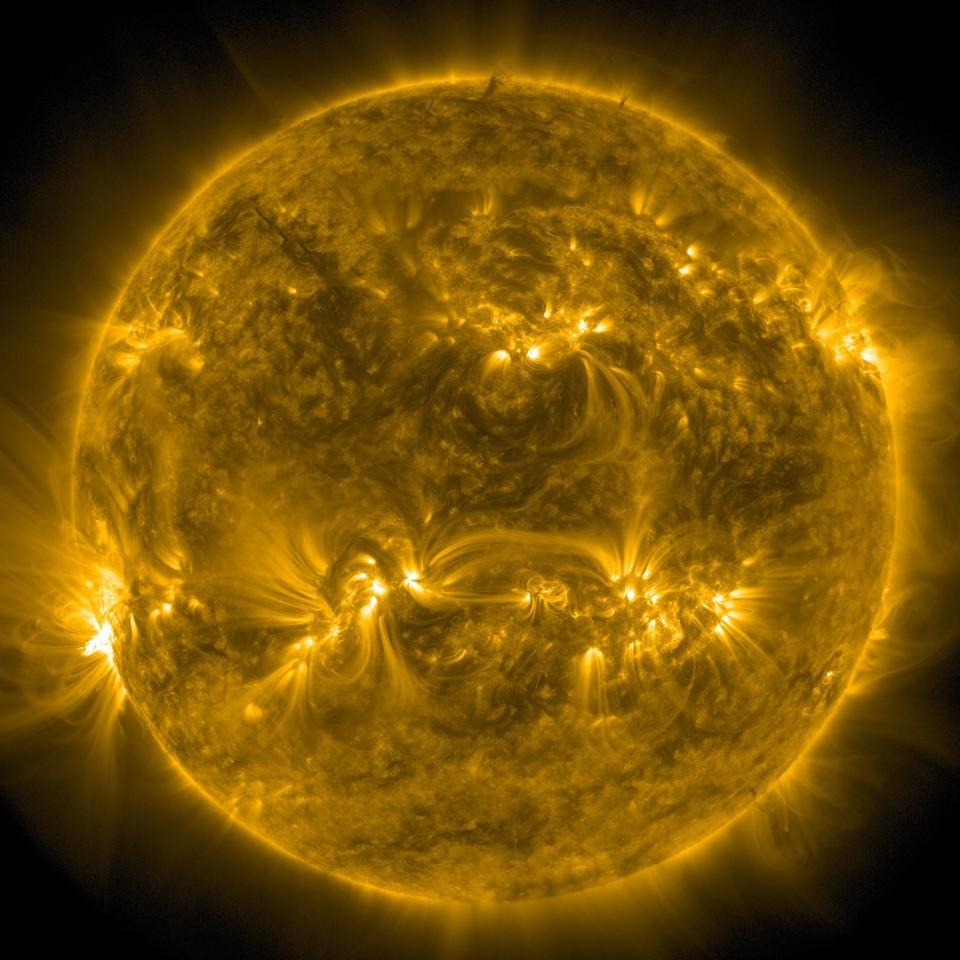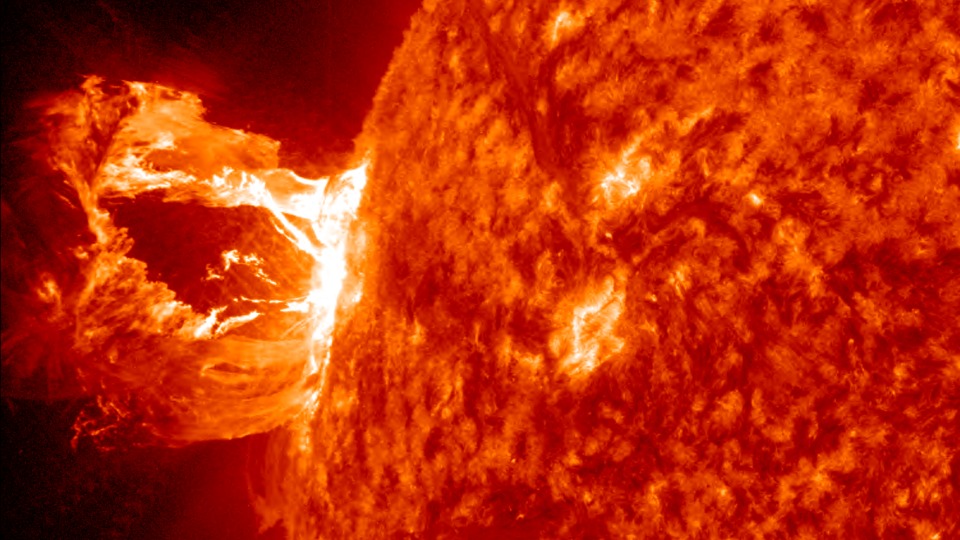
NASA’s Parker Solar Probe has made history with its closest-ever approach to the Sun, marking a groundbreaking achievement in space exploration. The spacecraft, which launched in 2018, survived an intense fly-by of the Sun, coming within a mere 3.8 million miles of its surface—closer than any human-made object has ever ventured. This milestone will help scientists unlock the mysteries of the Sun’s behavior, from its mysterious corona to the origins of solar winds and space weather.
A Historic Journey to the Heart of the Sun
On Christmas Eve, Parker Solar Probe plunged into the Sun’s outer atmosphere, known as the corona. This daring mission allowed NASA to gather crucial data that could revolutionize our understanding of how the Sun functions. For several days, the probe was out of contact with Earth, enduring extreme temperatures exceeding 1,800°F (980°C) and intense radiation. However, the spacecraft survived the harsh conditions and communicated its success just before midnight EST on Thursday, December 28.
The Parker Solar Probe’s speed, reaching up to 430,000 mph (692,000 kph), allowed it to complete its perilous fly-by in record time. The spacecraft’s advanced carbon-composite shield, 4.5 inches thick, protected its delicate electronics from the scorching heat and radiation. NASA engineers had designed it to withstand the Sun’s brutal environment, and the probe’s resilience proved their efforts were worth it.

Key Discoveries: Why Does the Sun’s Corona Get So Hot?
One of the most perplexing mysteries in solar science is the extreme temperature difference between the Sun’s surface and its outer atmosphere. While the Sun’s surface reaches around 6,000°C, the corona—visible during solar eclipses—can soar to millions of degrees. Scientists have long struggled to understand why the outer layers of the Sun are so much hotter than its surface. Parker Solar Probe’s close encounter will provide the data needed to explore this baffling phenomenon.
Dr. Jenifer Millard, an astronomer at Fifth Star Labs, explained, “The corona is really, really hot, and we have no idea why.” This research could unlock answers to this question, shedding light on the processes that heat the Sun’s outer atmosphere to such extreme temperatures.

Understanding Solar Wind and Space Weather
Another crucial goal of the Parker Solar Probe mission is to enhance our understanding of solar wind—streams of charged particles flowing from the Sun’s corona. These particles interact with Earth’s magnetic field, creating the stunning auroras visible in the night sky. However, solar wind and space weather can also pose significant risks to modern technology, disrupting power grids, communication systems, and satellites.
By studying the Sun’s activity up close, scientists aim to gain insights into how solar wind is generated and accelerated. This knowledge will help predict solar storms and their impact on Earth, improving our ability to protect sensitive infrastructure and technology.
NASA’s Perseverance: A Monumental Achievement
Despite the perilous nature of the mission, NASA’s Parker Solar Probe emerged victorious, demonstrating the agency’s perseverance and commitment to expanding our knowledge of the cosmos. Dr. Nicola Fox, head of NASA’s science division, described the mission as a bold attempt to “experience the atmosphere of our star.” She said, “We can’t really experience the atmosphere of our star unless we fly through it.”

As Parker Solar Probe continues to orbit the Sun, it will pass even closer in the coming years, providing increasingly detailed data that will reshape our understanding of the Sun’s behavior and its impact on Earth.
The Future of Solar Research
NASA’s Parker Solar Probe has ushered in a new era of solar exploration, making groundbreaking strides in solar physics and space weather research. The data collected will help scientists solve longstanding mysteries about the Sun’s behavior and offer valuable insights into the Sun-Earth connection. As the probe continues its mission, it will contribute to a deeper understanding of the forces that drive the universe and how they affect our planet.

Leave a Reply